
Cayuga Lake, view from Stewart Park, Ithaca, NY
As I mentioned in a previous blog post, part of my recent travels included several days in Ithaca, NY to attend my 30th reunion at Cornell University. Ithaca is a small city in upstate New York at the southern tip of Cayuga Lake, one of the Finger Lakes, and greeted us with early June weather at its very best with blue skies, low humidity, warm sunny days and cool nights. While there, my husband Dan (also Class of 1984) and I toured the Cornell Plantations, the school's botanical gardens and among my favorite areas on the campus. I wrote earlier this year about my brief stint as a gardener at the Cornell Plantations after graduation (see Throwback Thursday: summer of 1984), a job that helped change the direction of my career.
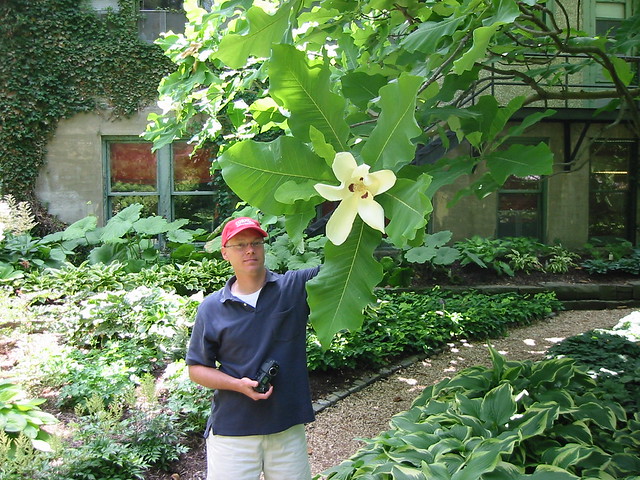
With Magnolia macrophylla in 2004 (photo by Dan Speck)
The last time I visited the Plantations was in 2004, when we attended our 20th reunion. At that time, the Plantations was much as I remembered and not much had changed. This time around there were many changes, but good ones! The gardens have expanded into what were previously research plots, and production greenhouses had been moved off-site. The most visible and dramatic change was the new LEED certified Brian C. Nevin Welcome Center.
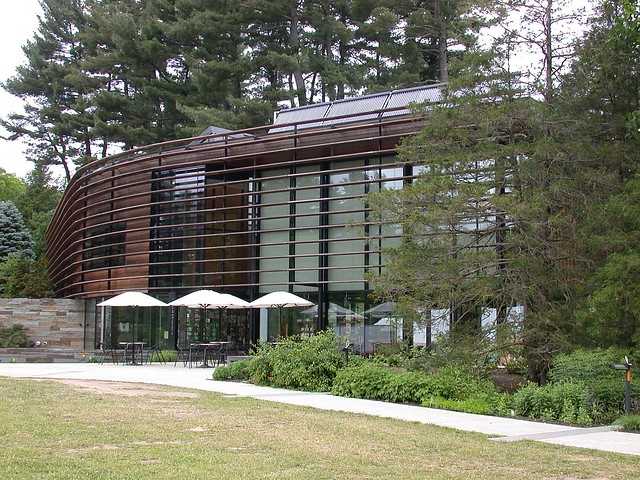
Nevin Welcome Center
Although the roots of the Cornell Plantations go back almost to the school's founding, it was given its name in 1944 by renowned American botanist and horticulturist Liberty Hyde Bailey, at that time Dean Emeritus of the College of Agriculture. Since then the Plantations has grown to include numerous gardens, a large semi-natural wildflower garden, a 100 acre arboretum, and is also responsible for maintaining Beebe Lake, Fall Creek Gorge, Cascadilla Gorge, and other natural areas on and around the campus (map).
Botanical gardens map (source: Cornell Plantations)
Since 1964 the Lewis Building, formerly a schoolhouse, has been the headquarters for the Plantations, with an herb garden planted on its former playground.

Lewis Building and Robison York State Herb Garden (another view here)
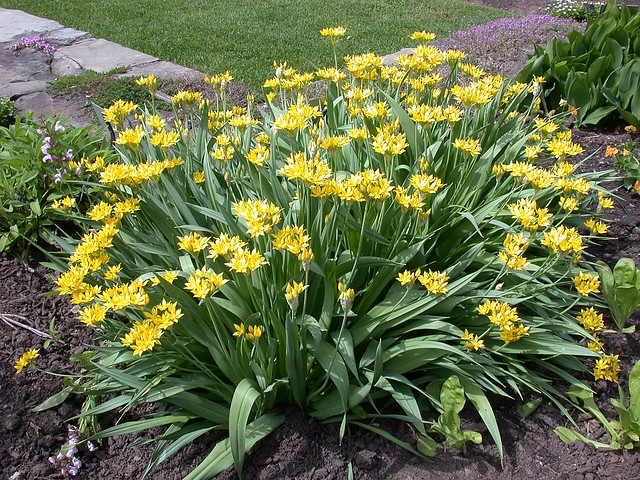
Allium moly in the herb garden
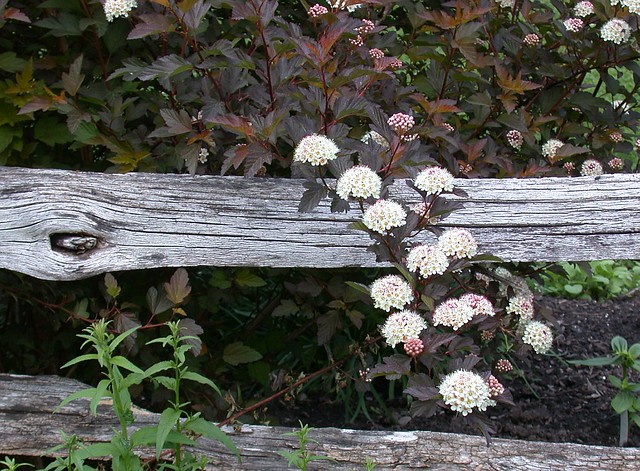
Physocarpus in the herb garden
The Magnolia macrophylla from the above photo is still alive and growing, although its upper branches had some dieback after the northeast's coldest winter in 20 years. I love this species for its enormous, tropical-looking foliage and gigantic, fragrant white flowers. It was not yet in bloom following a late and chilly spring but many spring perennials were in full bloom.
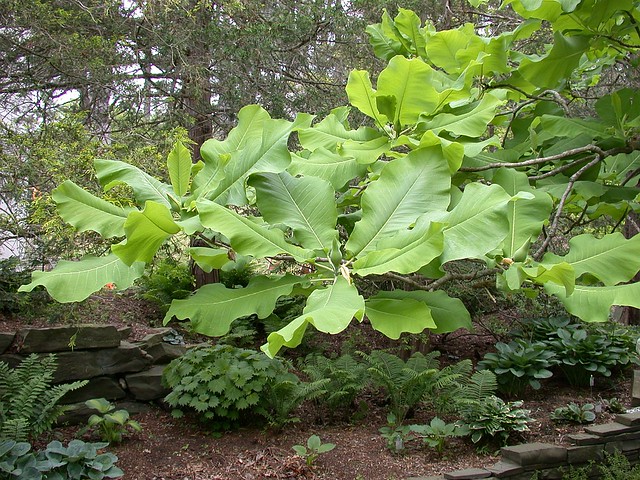
Magnolia macrophylla
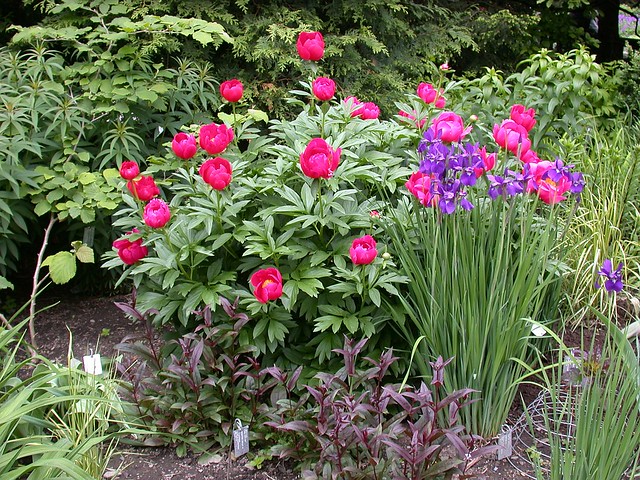
Peony and siberian iris

Siberian iris
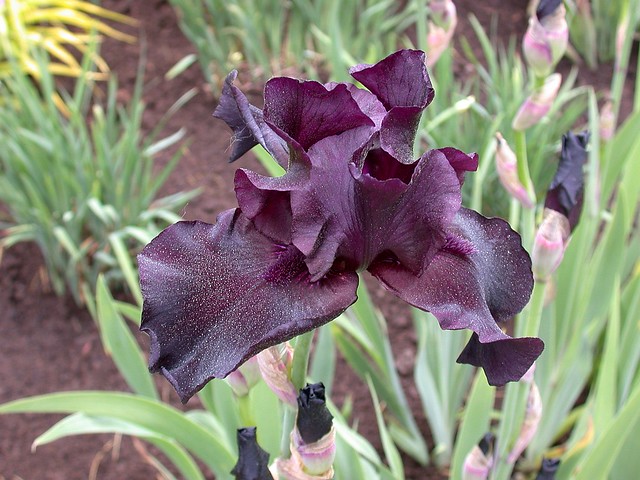
Bearded iris
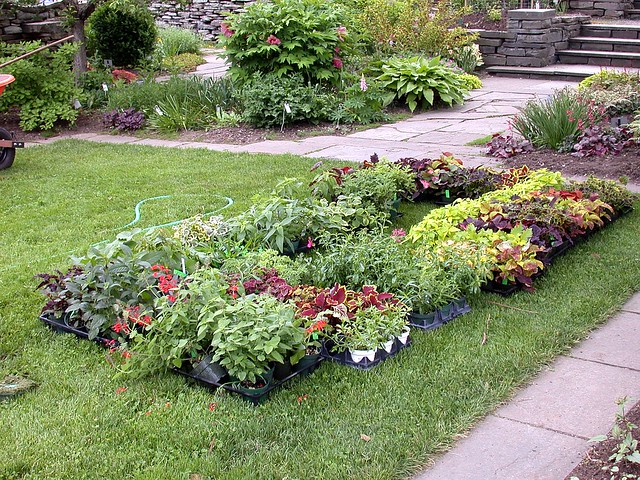
Annuals ready to be planted out
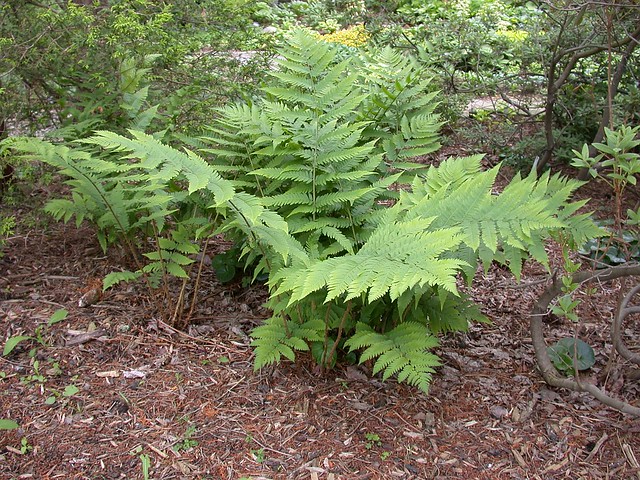
Dryopteris goldiana in the shade garden
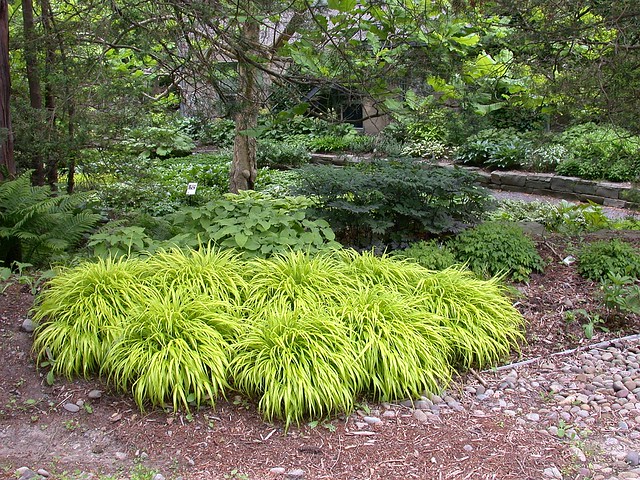
Hakonechloa in the shade garden
That afternoon, we had some free time so we visited some of our old haunts downtown, including Stewart Park with its stunning views of the lake, and Ithaca Falls.
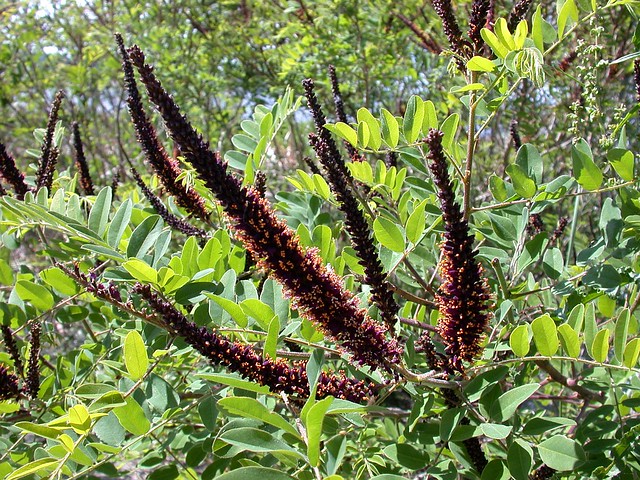
Amorpha fruticosa in Stewart Park
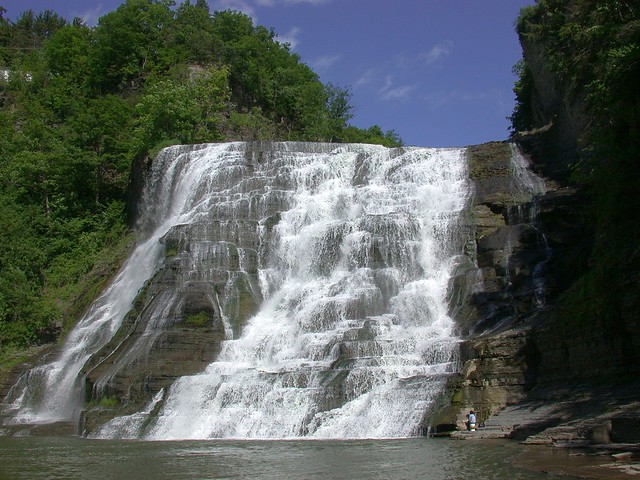
Ithaca Falls
The following day we walked the trail along Beebe Lake. A zip line across the gorge above the lake proved to be a popular attraction with alumni, many of whom brought their kids to reunion weekend. After some of our classmates posted photos of it on Facebook, my own "kid" decided he had to try it; I was content to watch Dan do it and record the event on his cell phone!
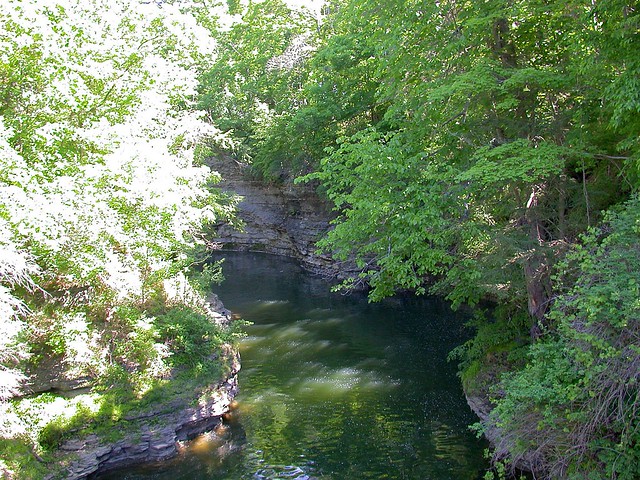
Fall Creek gorge above Beebe Lake
Zip line across Fall Creek Gorge
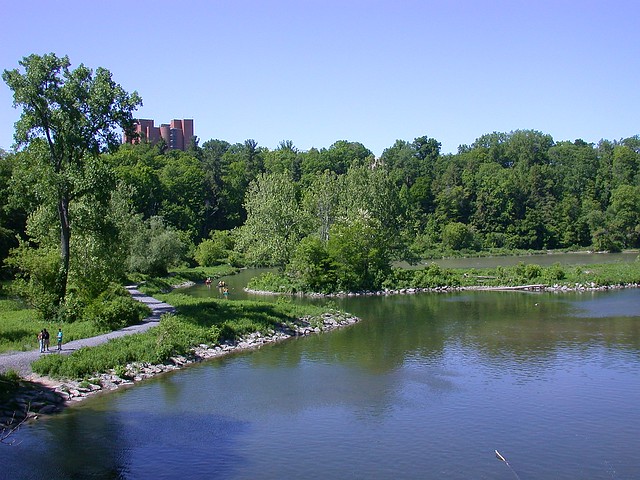
Beebe Lake (Bradfield Hall in the background)

Anemone canadensis, Beebe Lake
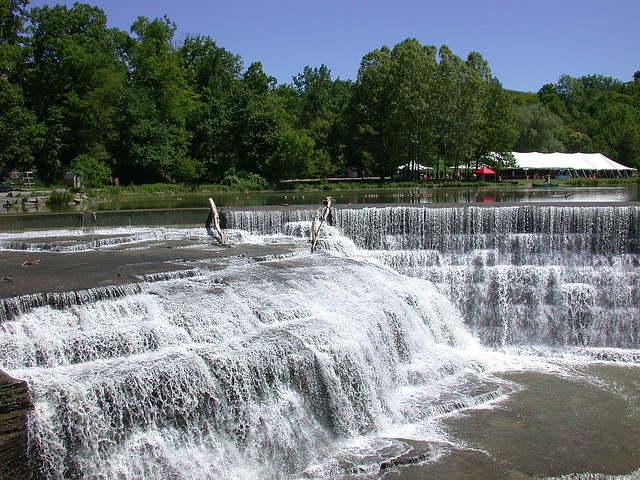
Beebe Lake, falls and dam
After visiting Beebe Lake we walked around campus, and walked, and walked some more. The university sits at the top of a steep hill, cut through by two deep gorges, and almost anywhere you go you're walking either uphill or downhill. It's no wonder we were all so skinny as students! I was pleased to see that Cornell has entered the 21st Century, with several unabashedly modern building that are a vast improvement over the dumpy, unimaginative, and often downright ugly buildings that went up from the 1970's through the 1990's.
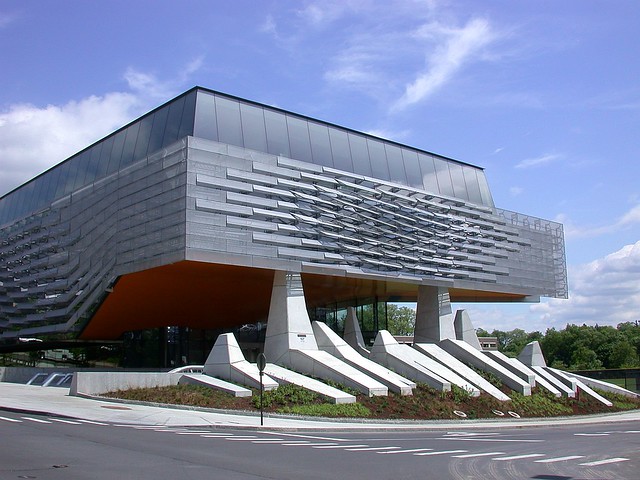
Gates Hall

Thurston Avenue bridge
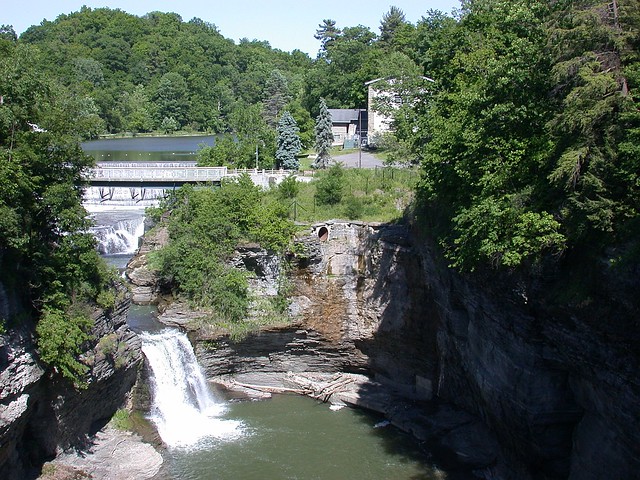
Beebe Lake and Fall Creek Gorge, view from Thurston Avenue bridge
We also toured the Cornell University Insect Collection, where I worked from 1985 to 1988. As one of my first jobs after graduation I helped pack and move the collection, consisting of several million fragile specimens, from its home in the quaint old Comstock Hall (now the Computing and Communications Center) on the Ag Quad to a then-new, state-of-the-art and largely windowless Comstock Hall that looked much like a minimum security prison but had such amenities as climate control and compactorized collections and library. 30 years later, I was bemused to find the collection in the middle of another upheaval, having outgrown its space and expanding into space recently vacated by the Entomology Library (now moved to the new Mann Library). Changes, changes!

Bee specimens, Cornell University Insect Collection
On our way out of town, we spent a bittersweet hour at the Plantations' F.R. Newman Arboretum. So many places around Ithaca and Cornell are filled with so many memories; for example the roads winding around the arboretum are where Dan taught me to drive a stick shift when we bought our first car in 1985, a bright red Honda CRX. The arboretum is a quiet, peaceful place that most students, alumni, and even "townies" don't seem to know about. It was a good place to end our visit to Cornell, reminisce, and make plans to attend our next reunion.

F.R. Newman Arboretum

View of the arboretum from the F.R. Newman Overlook
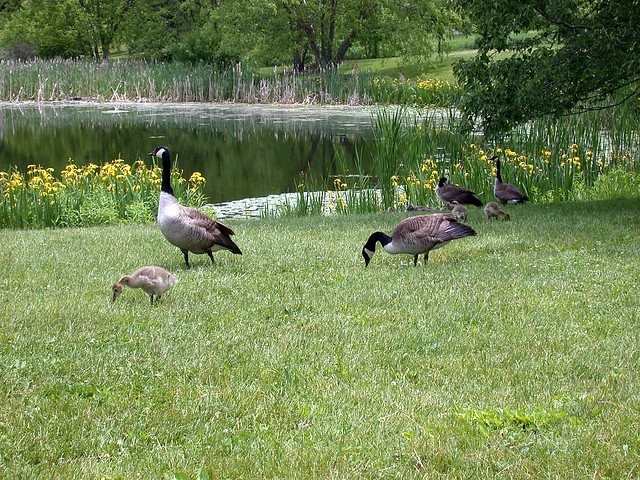
Canada geese
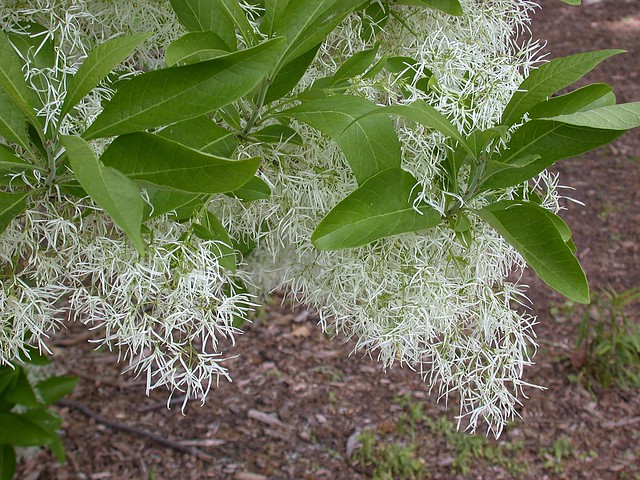
Chionanthus virginicus
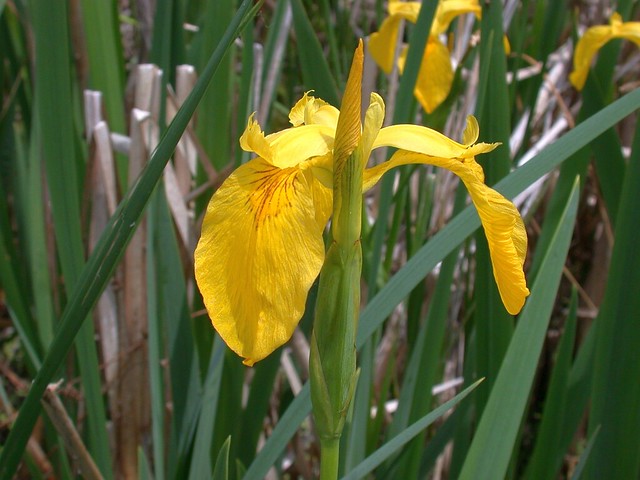
Yellow flag iris (Iris pseudacorus)
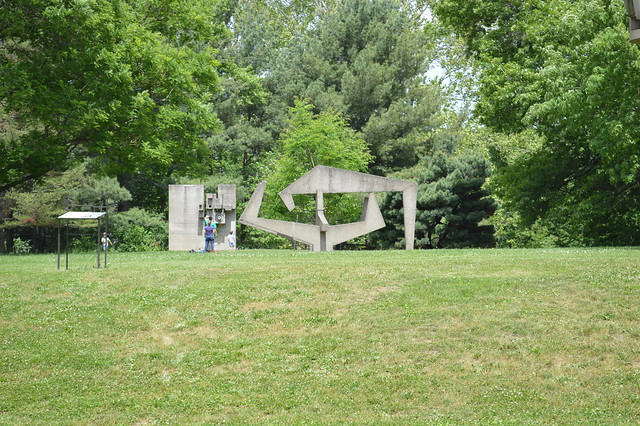
Sculpture garden (photo by Dan Speck)

Atop the F.R. Newman Overlook (photo by Dan Speck)
More photos from 30th reunion are here: Reunion weekend 2014
Dan's photos are here and here
Photos from our previous (20th) reunion are here: Reunion
For more information about the Cornell Plantations, please visit the Cornell Plantations website
UPDATE: in a tragic coincidence, Simeon's, the restaurant in downtown Ithaca where Dan and I had lunch on our last day, was destroyed yesterday by a runaway tractor trailer (Simeon's Bartender Killed in Commons Wreck; A 'Horrific Day in Ithaca's History', Mayor Says; Cleanup begins following fatal tractor trailer crash in Ithaca). No mention in the news reports of an eerily similar accident about 25 years ago, when an out-of-control truck coming down the hill hit the same restaurant in the same spot, killing a woman in a car crushed between the building and the truck. That time there was minimal damage to the restaurant; looks like this time it did major structural damage and the whole building might have to come down.

Hey! Thanks for the excellent ID on that little plant with tiny white flowers. I've since found it growing in cracks at our church's parking lot and taking things in stride. It is one tough little fellow and I plan to use it in my gravel garden next year. I've visited your blog before and always enjoy your postings.
ReplyDeleteThanks again for the positive ID! David/ Tropical Texana/ Houston
I'm happy to help, and glad to know you've enjoyed my blog! From your own blog it seems we have some common interests, even if we're gardening in completely different climates!
Delete